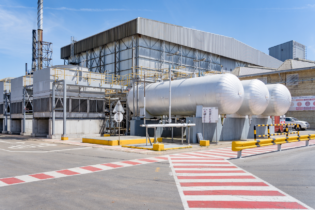According to Vino Govender, executive for strategy, mergers and acquisitions, and innovation at Dark Fibre Africa (DFA) technologies of the Fourth Industrial Revolution (4IR) hold the potential to solve some of the most critical socioeconomic needs of SA and its citizens.
However, Govender says these benefits cannot be extended to all South Africans without connectivity. And without higher levels of collaboration and cooperation among industry stakeholders, the goals relating to connectivity infrastructure cannot be achieved at enough speed and scale. Connectivity-reliant technologies, such as virtual and augmented reality, can deliver high-quality health, education and other services to residents, businesses and institutions that typically would not have access to such services. From applications such as telepresence to expand the reach of various kinds of expertise to collaborative technologies or enhance skills transfer, the benefits of the technology are already being proven.“Connectivity infrastructure is a foundational requirement for 4IR-digital technologies and services,” says Govender.
The last study conducted by DFA in partnership with World Wide Worx found that, while internet connectivity was increasing in SA’s metros, penetration in provinces with large rural areas and low income was as low as 25%. Govender says that, compared with metropolitan and urban areas that have a significantly higher level of infrastructure deployment and densification, deployment of infrastructure in non-urban areas remains a challenge. He believes the answer lies in aggregating common demand on common infrastructure. “This delivers efficient input-cost structures to participants along the value chain, enabling them to deliver connectivity and services to non-urban areas in an economically viable way,” he says.







